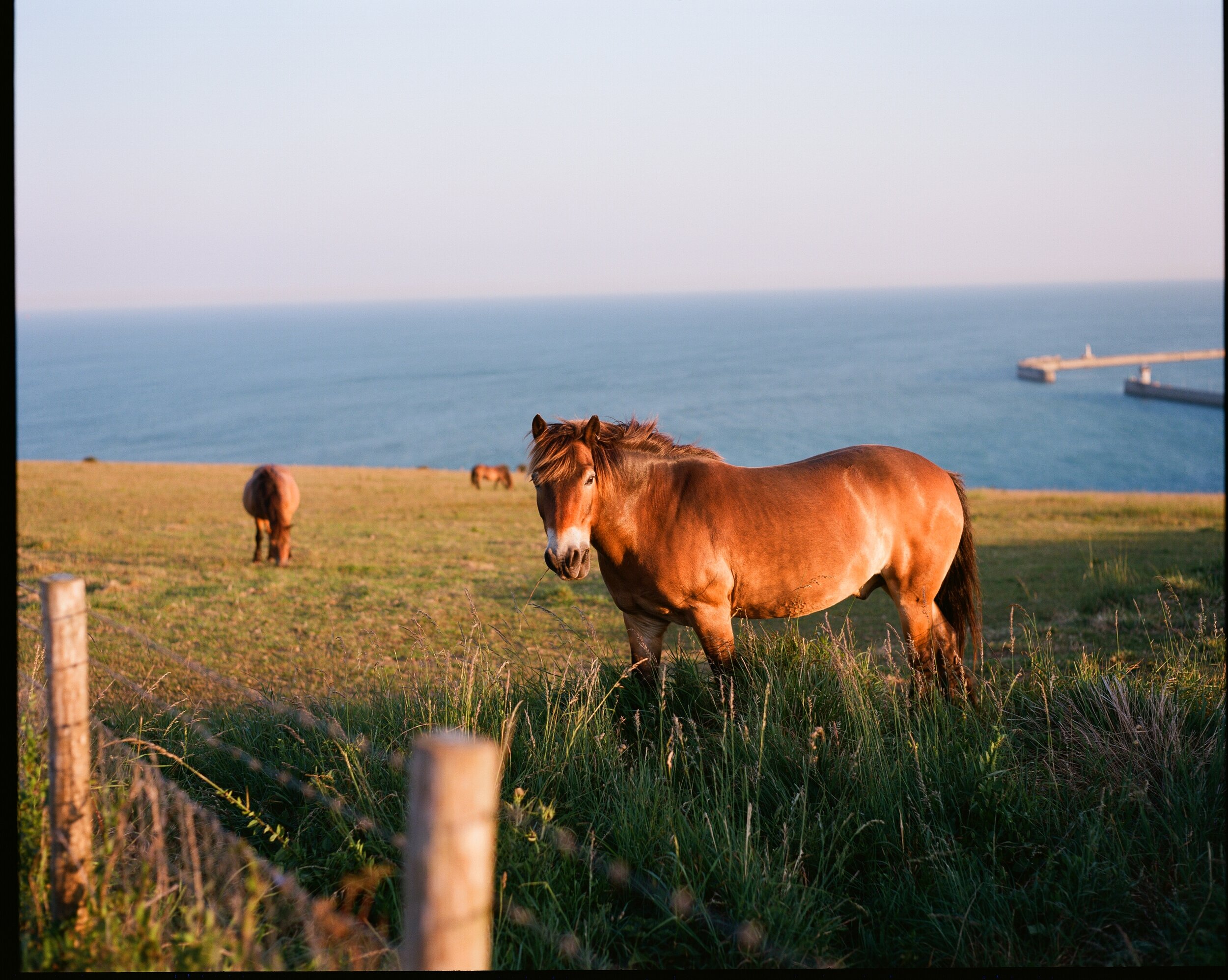Dover
Located on the southeastern shore of England, Dover is home to both the iconic white cliffs and a bevy of WWII history. Getting to Dover from London is one of the easier tasks on this list. Starting off from Moonraker, take the tube to King’s Cross (and look for St. Pancras International Station) or Paddington and book yourself a train ticket to Dover Priory. You should have no difficulty finding a train since the commuter rail runs virtually all day. Going during “off peak” or “super off peak” hours can save you a pretty penny, but the average cost for a round trip is usually 30-40 Pounds Sterling. Once you’ve arrived, it’s an easy walk from the station directly into town or to your near-by Airbnb.
Wyatt McNamara 2018
“As another option for cheap accommodation, I’d personally recommend the Churchill Guest House. This Bed and Breakfast has some very cheap rooms and is run by a charming British family (I believe I paid 35 Pounds). In the morning, they invite you to cross the street and join them and the other guests for a large (and homemade) English breakfast.
As for exploring the town, Dover is home to several points of interest for the historically minded visitor. In the main town square you will find a museum dedicated to Anglo-Saxon treasures, ship burials, and other archaeological artifacts found on the British Isles. The Museum is generally free and open to the public. Perhaps Dover’s most striking feature is the imposing castle that sits above the town like a medieval acropolis. To reach the castle involves a lengthy, uphill stroll, but the castle is well worth your while. Outside of the castle’s long medieval history, there is also a nearby lighthouse built by the Romans. If you get bored with all that lies on the surface, take a subterranean tour of the labyrinthine WWII war tunnels built to monitor and guard against the Nazis on the opposite side of the channel.
While Dover’s white cliffs are certainly its main attraction, they can be quite confusing to locate. Essentially there are two ways to get to the cliffs: the the castle entry and the port entry. To reach the cliffs by means of the castle entry, follow the main road leading out the back of the castle and continue walking through Dover’s pastoral scenery for about 2 miles. This road will bring you directly onto the cliffs. The faster, but less scenic, path to the cliffs is via the port side of town. From the main square, navigate towards the ocean and the main highway (A20). You will see a row of houses and hotels on East Cliff Road. Follow this under the overpass and you will find an outside staircase which leads directly to the cliffs.

